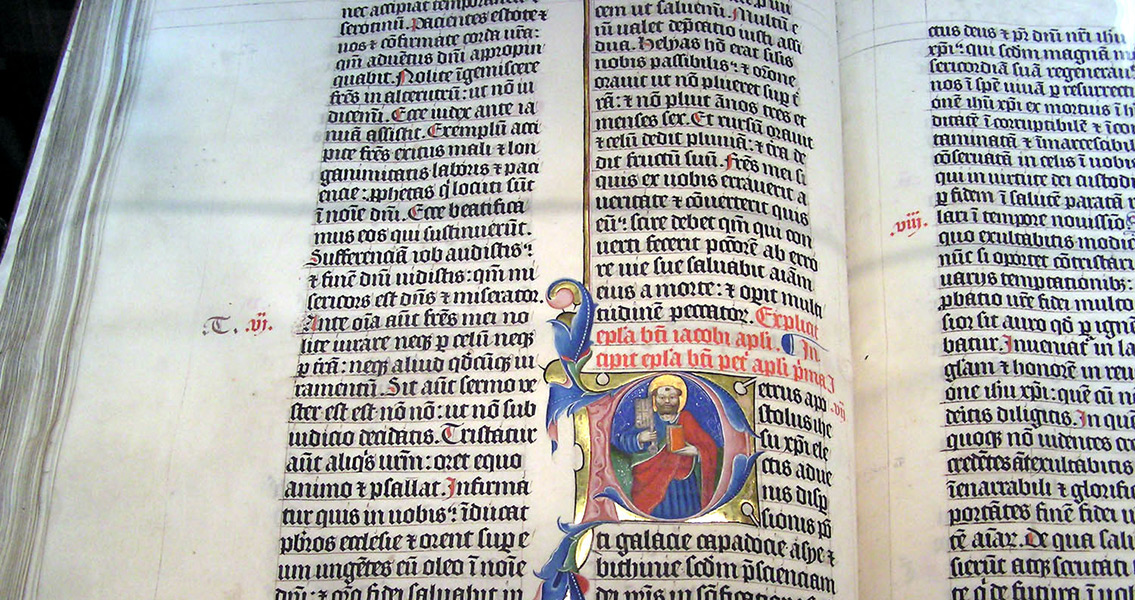<![CDATA[New light has been shed on the mystery surrounding just how medieval pocket Bibles were made by scribes of the period by an international team of researchers – aided by one of the most unlikely of sources: a PVC plastic eraser. Pocket Bibles were produced in the thousands throughout the 13th century in Europe by scribes in Spain, Italy, England and France. However, the source of the incredibly thin parchment scribes used in the Bibles has been a controversial one. This “uterine vellum”, named abortivum in Latin sources, was thought to have been sourced from fetal calves by some scholars, while others have instead argued that the sheer amount of vellum used in these pocket Bibles would have made sourcing it from fetal calves simply impossible. Other possible sources argued as alternatives have been squirrel, rabbit, or even a long-lost technology used to hand-split animal hides to achieve the volume needed for these pocket Bibles. However the newest research study, spearheaded by a pair of scientists from the University of York, has revealed a new identification method when it comes to the actual origin of this so-called uterine vellum. The leaders of the research team, Professor Matthew Collins and Dr. Sarah Fidyment from the university's Department of Archaeology’s BioArCh research facility, say that the identification method involves an adapted ZooArchaeology by Mass Spectrometry (ZooMS) procedure that harvests protein samples from the surface of the parchment through electrostatic charge. The tool used to develop this charge is a simple PVC eraser, which is rubbed across the surface of the membrane gently and non-invasively. 72 pocket Bibles and an additional 293 parchment samples were all subjected to the PVC eraser/ZooMS study, with all of the samples originating from the 13th century with thicknesses varying from 0.03 millimeters to 0.28 millimeters. In the research study, Dr. Fiddyment remarked that there was no evidence uncovered to support suggestions that amy unexpected animals had been used in creating the vellum, though in many cases there was more than one type of animal used to create a single manuscript. The animals in question were found to be consistent with the geographical area these samples originated from and the types of animal hides that would have been available therein. In essence, the research results didn’t find any particular evidence that fetal calves or any other type of newborn or abortive animals were used to create uterine vellum. In fact, it could have been just as easily created from a process that rendered hides from several different types of animals into vellum in a way that created a consistent level of quality and thickness, added Dr. Fiddyment in the research paper. For more information: www.pnas.org ]]>
Medieval Pocket Bible Mystery Investigated
